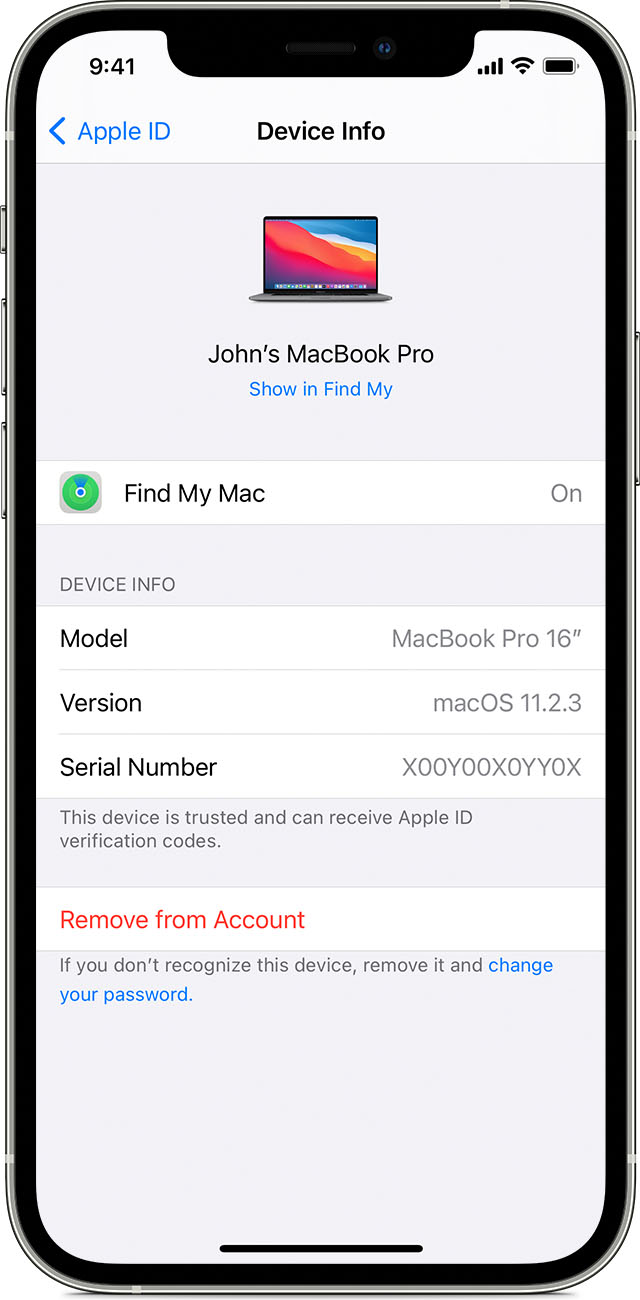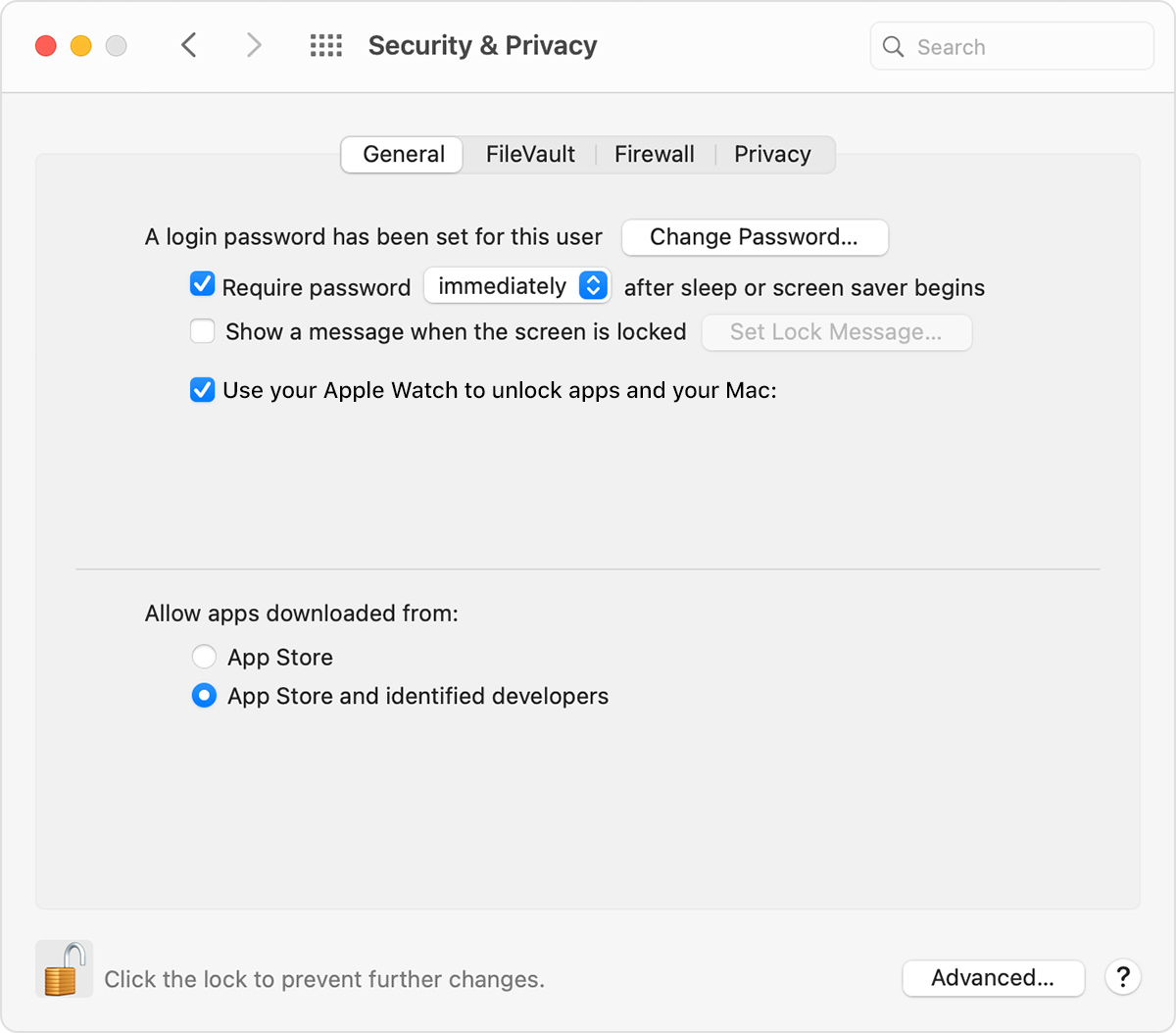

- GET THE APPLE UPDATE FOR SECURITY ON MY MAC HOW TO
- GET THE APPLE UPDATE FOR SECURITY ON MY MAC INSTALL
- GET THE APPLE UPDATE FOR SECURITY ON MY MAC UPGRADE
- GET THE APPLE UPDATE FOR SECURITY ON MY MAC SOFTWARE
You can always upgrade to a new release of macOS for free, assuming Apple still supports your hardware.
GET THE APPLE UPDATE FOR SECURITY ON MY MAC HOW TO
RELATED: How to Check Which Version of macOS You're Using
GET THE APPLE UPDATE FOR SECURITY ON MY MAC INSTALL
If you have an older minor release-for example, if you have macOS 10.13.3 and you see that only macOS 10.13.4 is supported with updates-you just need to open the Mac App Store and install any updates to get the most recent minor version. You’ll see the name of the release you’re using and the version number right below that. To view which release of macOS you’re running, click the Apple icon on the menu bar at the top of your screen, and then click the “About This Mac” command. How to Check Which Release of macOS You’re Running That’s what we can assume based on Apple’s past actions, anyway. When Apple releases macOS 10.14, OS X 10.11 El Capitan will very likely no longer be supported. This release is supported with security updates, and the previous releases-macOS 10.12 Sierra and OS X 10.11 El Capitan-were also supported. If a version of macOS isn’t receiving new updates, it isn’t supported anymore.įor example, in May 2018, the latest release of macOS was macOS 10.13 High Sierra. Look for the most recent macOS update and check which versions of macOS it was released for. It contains a list of security updates Apple has recently released for all its devices, including Macs running macOS. The Apple Security Updates page is the only page on Apple’s website that gives you this information. But Apple provides no guarantees, and that’s just an informed guess. So, assuming Apple releases a new version of macOS every year, each release of macOS will be supported with security updates for roughly three years. For quite a few years, Apple has consistently updated the last three versions of macOS-in other words, the current release of macOS and the last two releases-with security updates. For example, you can see on that page that for Windows 7 Service Pack 1, mainstream support (new feature releases and minor updates) ended in 2015, but extended support (security updates) goes on until 2020.Īpple does still has a plan, though, even if they don’t describe it publicly. Microsoft publishes their Windows support lifecycle, which spells out precisely (and guarantees) how long each product will receive different types of updates.

This is very unusual if you’re used to dealing with Microsoft Windows. They just stop releasing updates for old versions of macOS with no announcement, and you’re on your own. Apple doesn’t even publicly say when an operating system is “end of life” and is no longer receiving updates. If you have Automatic Updates turned on, it's still a good idea to check if an update is available because sometimes they need to be manually installed.Apple doesn’t provide a written statement that guarantees how long it will support each release of macOS with security updates.
GET THE APPLE UPDATE FOR SECURITY ON MY MAC SOFTWARE
If there's no option to download or install, then your device is up to date or the update is not yet available for you Apple typically staggers its software updates so it doesn't roll out to every device at the exact same time. So be prepared to kill time some other way. The update may take some time - likely between 10 and 20 minutes -and you're not going to be able to use the device at the time.


 0 kommentar(er)
0 kommentar(er)
